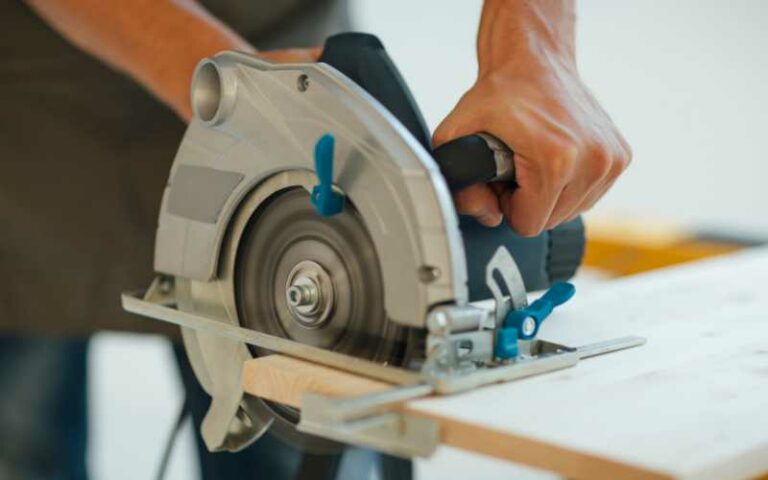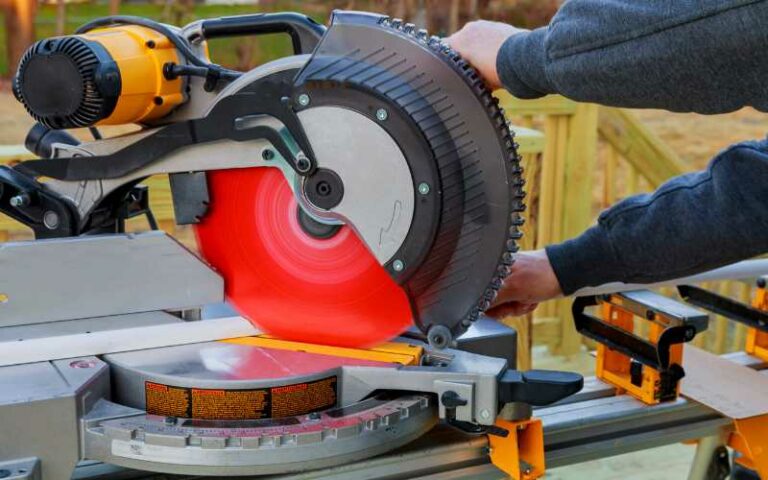
Saws
There are different types of saws you can use for your woodworking or DIY projects. They include compound miter saws, table saws, reciprocating saws, circular saws, band saws etc.
Find our latest comprehensive saw reviews and guides below in order to make the best choice when choosing one for your woodworking or DIY projects.



